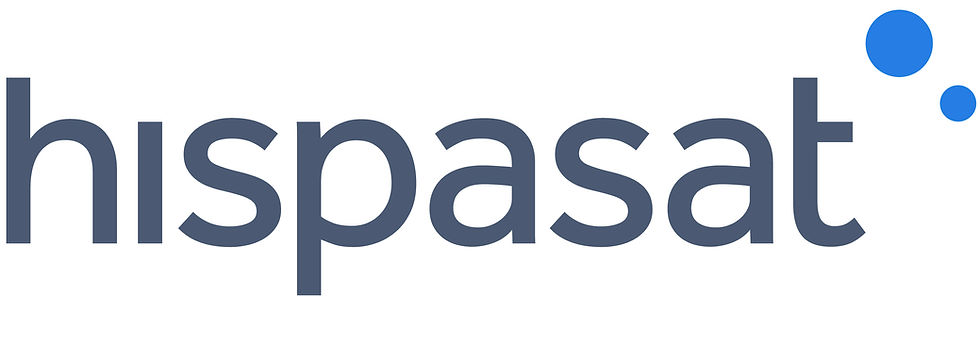Next Space Force payload arrives in Florida ahead of January 2023 launch
- Satellite Evolution

- Nov 15, 2022
- 2 min read
The Space Systems Command (SSC) Innovation and Prototyping Delta’s Long Duration Propulsive EELV (Evolved Expendable Launch Vehicle) Secondary Payload Adapter (ESPA), or LDPE-3A payload was recently transported from Northrop Grumman’s satellite manufacturing facility in Gilbert, Arizona to Astrotech Space Operations’ processing facility in Titusville, Florida. The arrival of LDPE-3A marks the official start of the launch campaign for the US Space Force (USSF)-67 mission, scheduled to launch early next year.

The spacecraft will launch aboard a SpaceX Falcon Heavy, making it the second National Security Space Launch using the heavy lift variant of the Falcon family of launch vehicles. The last Falcon Heavy launch was in support of the USSF-44 mission, also from NASA’s Kennedy Space Center, on Nov. 1. SpaceX successfully recovered the side boosters from that mission and are refurbishing them for this upcoming launch.
“LDPE provides a ‘freight train to space’ for experiments and prototypes in geosynchronous Earth orbit that can be manifested on any National Security Space Launch mission with available mass margin,” said Col. Joseph Roth, SSC director of the Innovation & Prototyping Delta. “The LDPE’s modular bus design and six standard interfaces provides the perfect platform to host a wide variety of payloads across many mission areas.”
LDPE-3A is the aft spacecraft on USSF-67 and is the third mission in the LDPE series to launch. By rapidly placing multiple, diverse experimental payloads into orbit, LDPE provides critical data to inform future Space Force programs. The unique experiments and prototype payloads hosted on LDPE-3A advance warfighting capabilities in the areas of on-orbit threat assessment, space hazard detection, and space domain awareness.
The Space Domain Awareness and Combat Power Program Executive Office is composed of a diverse portfolio to develop, acquire, field, and sustain vital cutting-edge military space capabilities for our warfighters, civil space, and allies. SDACP leads the way in enabling and delivering next-generation space enterprise solutions through rapid, innovative and affordable technology while leveraging international, commercial, and interagency partnerships. SDACP is committed to providing and fielding cutting-edge, cross-mission space capabilities in support of the United States Space Force, our nation, and our allies.
Space Systems Command is the US Space Force field command responsible for rapidly developing, acquiring, equipping, fielding and sustaining lethal and resilient space capabilities. SSC mission capability areas include launch acquisition and operations, communications and positioning, navigation and timing (PNT), space sensing, battle management command, control and communications (BMC3), and space domain awareness & combat power. SSC is headquartered at Los Angeles Air Force Base in El Segundo, Calif.



Comments